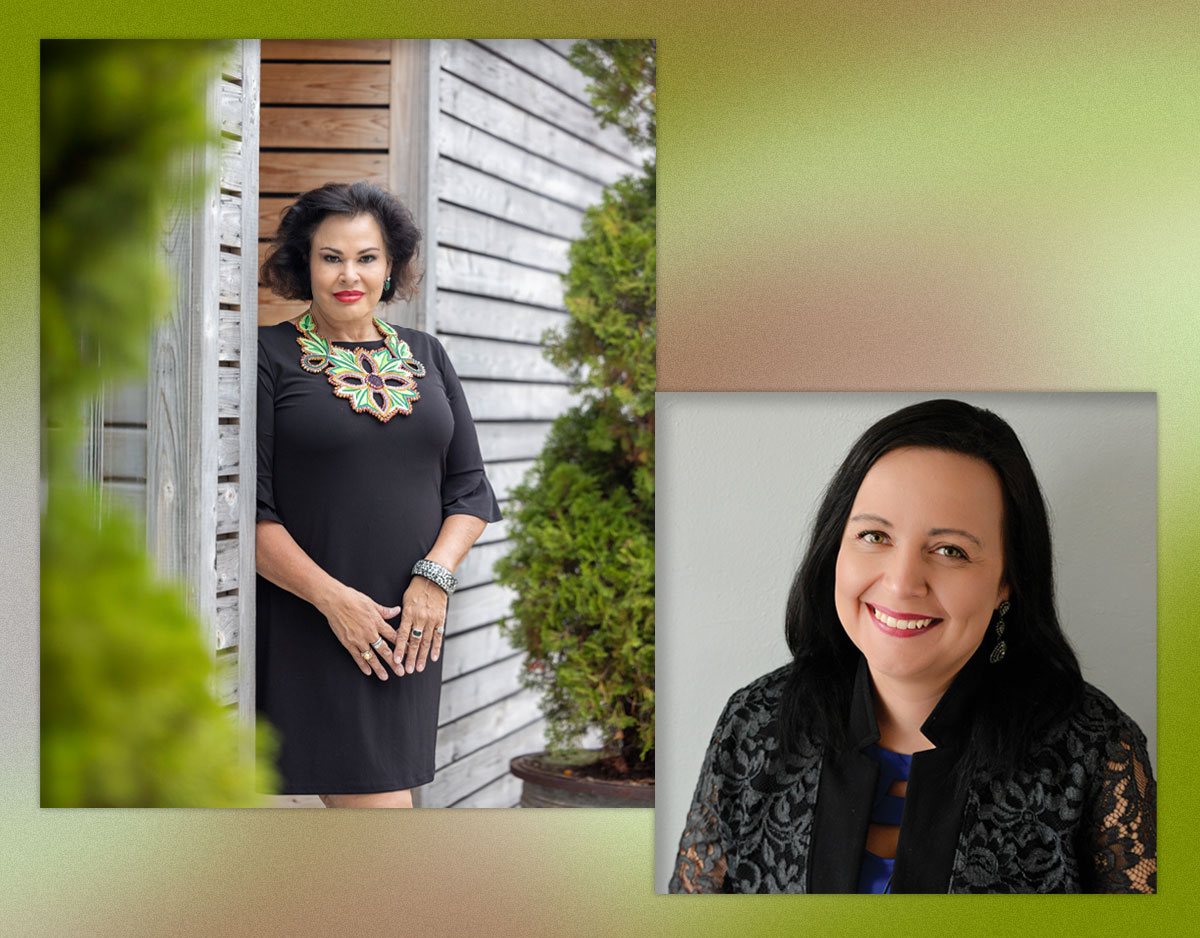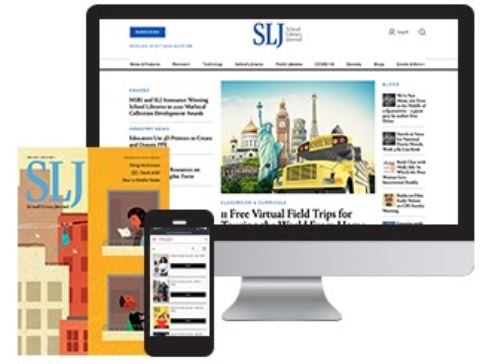How Educators Can Support Native Students
Former ALA president Cindy Hohl and Printz-winning author Angeline Boulley discuss Sisters in the Wind, the foster system, and self-care.
 |
From left: Angeline Boulley; Cindy HohlPhoto of Boulley by Chris Whitaker |
Related ArticleAngeline Boulley and the Importance of Humor in Native Stories |
Serving as president of the American Library Association (ALA), my initiatives included creating the Missing Murdered Indigenous Women and Relatives toolkit and the All Nations Libguide. These free resources are located on the ALA website.
As the child of a parent who experienced life in the foster system, Sisters in the Wind was very meaningful to me, because children deserve to be seen, respected, and cared for, and that includes their healing into adulthood. Unfortunately, those are not always the experiences that a child will have when navigating that system.
We thank you for lending your strength to the children whose voices need to be heard outside of their foster care system. Indeed, we are still here as strong Indigenous people, and while we carry generational trauma with us, we also carry an abundance of love and wisdom from our ancestors. Pidamaya ye, thank you!
All children are sacred beings and should always be protected, even if they do not receive services through the Indian Child Welfare Act. How can school staff best support students who are misplaced outside of their families and tribal communities?
If possible, curate an age-appropriate selection of books recommended from Debbie Reese’s American Indians in Children’s Literature site.
Check if the school receives Title VI Indian Education Formula funding from the U.S. Department of Education, Office of Indian Education. These formula grants are funded at around $200 per Native student, with a minimum of 10 children K–12 in the public school district. These grants can be used for book purchases, guest speakers, and other activities that are approved by a local Indian Parent Committee. FYI: The statutory language of this program uses the term Indian because it was enacted by Congress in the 1970s when that was the default terminology.
Cultural protocols become lost when children are raised outside of their community. How can foster families build bridges back to connecting Native kids to Indigenous ways of knowing?
Most federally recognized Indian tribes provide events that are open to the public, such as powwows, round dances, and community gatherings. Sometimes these events are sponsored by a local community college or university. These are good entry points to Native cultures.
How do you protect your spirit when researching these historical stories of children who have been adversely impacted by the foster care system? How do you hold onto yourself while making sure their stories aren’t left behind?
I’m guided by a commitment to write books where Native children and teens can see themselves. I will smudge (use of traditional medicines) before I write, especially heartrending scenes. After writing a difficult scene, I like to go for a walk or hang out with my parents.
What advice can you give children to encourage them to not only survive but also thrive in school, no matter what is happening in the home? Resilience can be both a badge of honor and pain.
I share the view that resilience is a loaded term in which the burden is on the child or teen experiencing trauma to overcome, rather than upon those who are creating the trauma. I encourage children and teens to create a support system, a team, a found family. Your team can start with one person, a caring friend or supportive adult, and expand from there.
Respect for children is paramount in a healthy society. How can everyone better understand how to treat all children with dignity, kindness, and respect?
I’m a believer in modeling the behavior I wish to see in others. Children who see adults treat everyone with dignity, kindness, and respect have an example to emulate. If the adults closest to them do not treat people in that way, it’s okay to look to others as role models.
Compassionate leaders are not always recognized, and we need strong helpers in this world. How can educators learn how to advocate for the well-being of all students, to ensure they can grow into their culture and traditional values?
Advocating for students requires bravery because, all-too-often, an advocate is confronting an authority figure or systems that perpetuate the status quo. I look to those I respect and model the strategies they utilize.
Why is it so important for stories about Indigenous people to be written by Indigenous authors, especially when laying that pain from layers of oppression bare? Who has rights to lay claim to stories of our humanity?
It’s paramount, because we are more likely to know our community’s norms for what to share and what Indigenous knowledge is not intended to be shared outside of community (such as ceremonies). I have a mantra: I write to preserve my culture, and I edit to protect it. We are held accountable by our communities, whereas a writer from outside of my community doesn’t have that same system of checks and balances. For example, I imagine my cousin Deb asking me why I included a particular something in my story. I believe I should be able to justify anything I’ve kept on the page.
Former president of ALA Cindy Hohl is Dakota of the Santee Sioux Nation and works in Missouri on the ancestral homelands of the Kaw/Kansa, Kickapoo, Očeti Šakówiŋ, Osage, Otoe-Missouria, Shawnee, and Wyandot.
RELATED
The job outlook in 2030: Librarians will be in demand
The job outlook in 2030: Librarians will be in demand
ALREADY A SUBSCRIBER? LOG IN
We are currently offering this content for free. Sign up now to activate your personal profile, where you can save articles for future viewing






Add Comment :-
Be the first reader to comment.
Comment Policy:
Comment should not be empty !!!